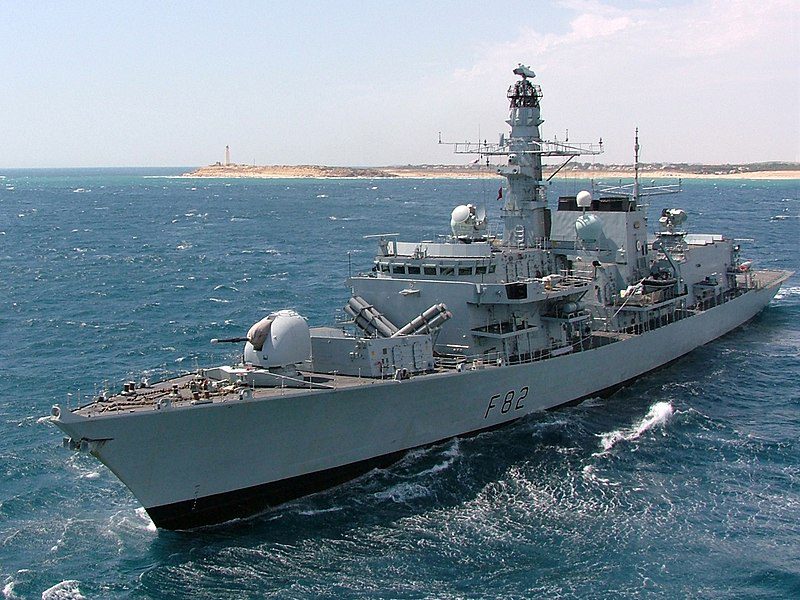
What is a frigate? What is modern frigate evolution? Good questions to start our article. We can say that they are versatile warships that have served navies all over the world for centuries. They were smaller than battleships or cruisers. It usually accompanied larger ships and performed certain small tasks. Frigate patrolled the coastlines. Modern Frigate hunted submarines. Their roles were important, but they were usually small and specialized.
Modern Frigate Evolution
Unlike today, in the past, a frigate was not designed to do everything. It could escort a large ship, a convoy. It could fight against submarines. These were its primary tasks. It was not expected to fight major surface battles or provide comprehensive air defense for a large fleet. It could also be assigned to cover the mainland from time to time. They were never the main striking force of a navy in history.
But the world keeps turning, the world of naval warfare is changing. Threats have become more complex. Submarines have become quieter and harder to detect, while threats from all sides have emerged. Ships that can adapt to changing and complex threats have begun to be needed. Navies needed ships that can deal with multiple threats at the same time. While doing this, it was also necessary to consider the costs of giant cruisers or destroyers that had become unbearable. This pressure triggered the evolution of the frigate.
Engineers played their part in all this chaos. They developed new, powerful radars. Sophisticated sonar systems could hear farther and more clearly. Vertical Launch Systems (VLS) allowed ships to carry many different types of missiles for air defense, anti-ship warfare, and even land attack. Computers helped integrate all of these systems. Stealth technology made ships harder to spot on radar.
Modern Frigate and Its Capacity
And so the modern frigate was born. A completely different beast. In contrast to the feeble role they played in history, today’s frigates are real strike forces. They are larger and more complex than their ancestors. Engineers designed modern frigates to fight independently or as part of a fleet far from their home ports.
A modern frigate can hunt the most advanced submarines with cutting-edge sonar and torpedoes, often deploying helicopters for a wider search area. It can defend itself and nearby ships from missile and aircraft attacks using sophisticated surface-to-air missile systems and advanced radar tracking. It can engage enemy warships over the horizon with potent anti-ship missiles. Many modern frigates also carry capabilities for land attack or supporting special operations forces.
Their designers equipped these ships with advanced sensors, complex battle management systems and powerful weapons. They are the backbone of many modern navies, offering a flexible and capable platform for a wide range of missions, from presence patrols to high-intensity conflict.
Conclusion
As the old book says, it is not the strong that survives, but the adaptable. If you follow the evolution of the frigate throughout history, you can read the story of adaptation and technological advancement. From humble coastal patrol vessels to highly capable, multi-mission warships, frigates continue to be vital players in the complex world of maritime defense. You can be sure that their role will grow exponentially in the future. Bet on the right horse.







